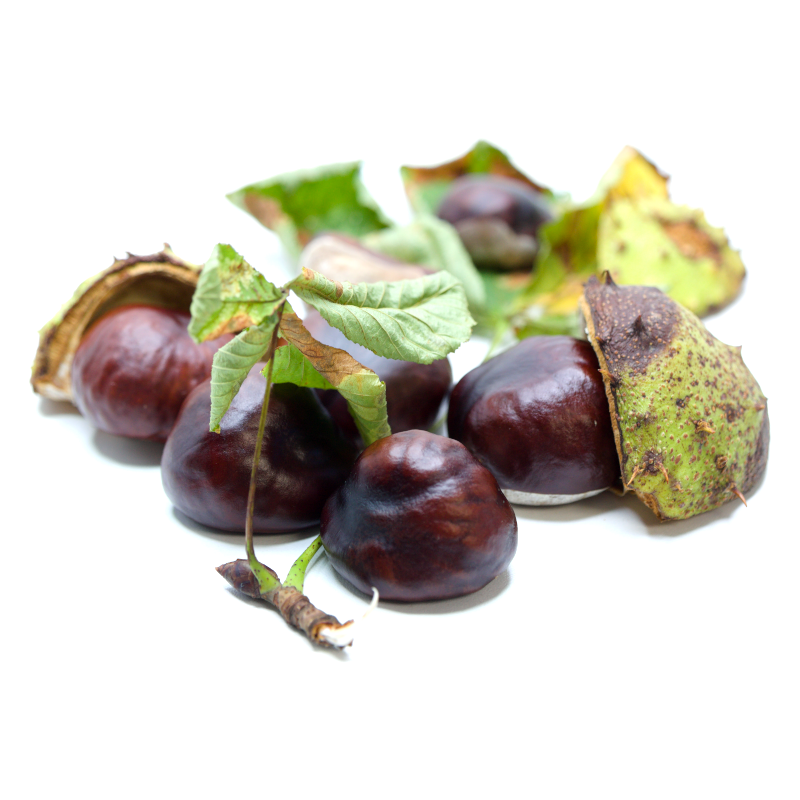


In this experiment, we investigated the fascinating fluorescence of aesculin, a natural ingredient from the bark of the horse chestnut (Aesculus hippocastanum). Aesculin is known for its intense blue-green fluorescence, which is particularly visible under UV light excitation.

To isolate the fluorescent substance, we ground the bark of a chestnut branch and extracted it in ethanol. This process dissolves the aesculin molecules from the bark and produces a clear solution that fluoresces under UV light.
We used two UV LEDs with a wavelength of 275 nm to excite the fluorescence. The solution was placed in a quartz cuvette, which ensures that the UV light can penetrate completely through the solution. The light guide of our DIY spectrometer was positioned at a 90-degree angle to the light source in order to optimally record the emitted fluorescence. The resulting spectrum shows the characteristic fluorescence peak at about 450 nm, typical for aesculin.
Aesculin absorbs UV light and emits it as visible light in the blue spectral range. This property is not only used in chemical analysis, but also in medicine, for example to mark microorganisms. The luminescent property of aesculin makes it an ideal molecule for experiments that teach students and other interested parties the basics of fluorescence.
 Would you like to replicate the experiment—in your laboratory or teaching environment? Feel free to contact us—we will assist you with planning, setup, calibration, and selecting the right components. Eureca offers advice based on many years of expertise in optoelectronics, optics and spectroscopy—from DIY setups to OEM solutions. Feedback is expressly welcome: Please share your experiences, results, or suggestions for improvement with us.
Would you like to replicate the experiment—in your laboratory or teaching environment? Feel free to contact us—we will assist you with planning, setup, calibration, and selecting the right components. Eureca offers advice based on many years of expertise in optoelectronics, optics and spectroscopy—from DIY setups to OEM solutions. Feedback is expressly welcome: Please share your experiences, results, or suggestions for improvement with us.
Here you can easily ask a question or inquiry about our products:
Last update: 2025-31-10
